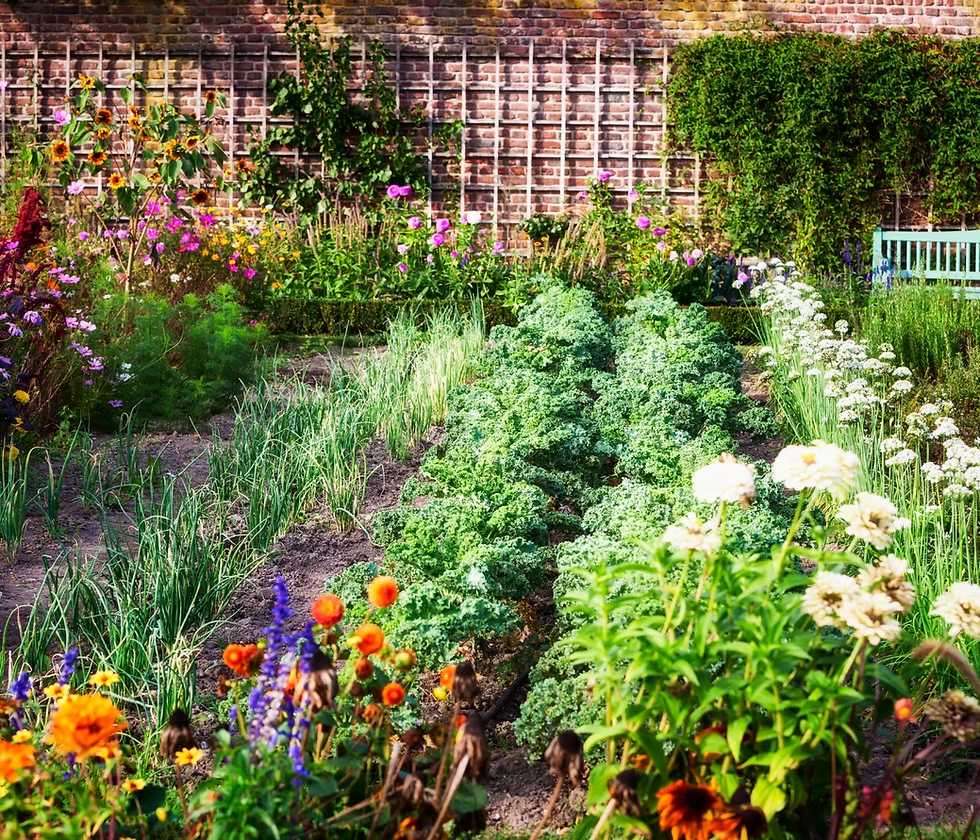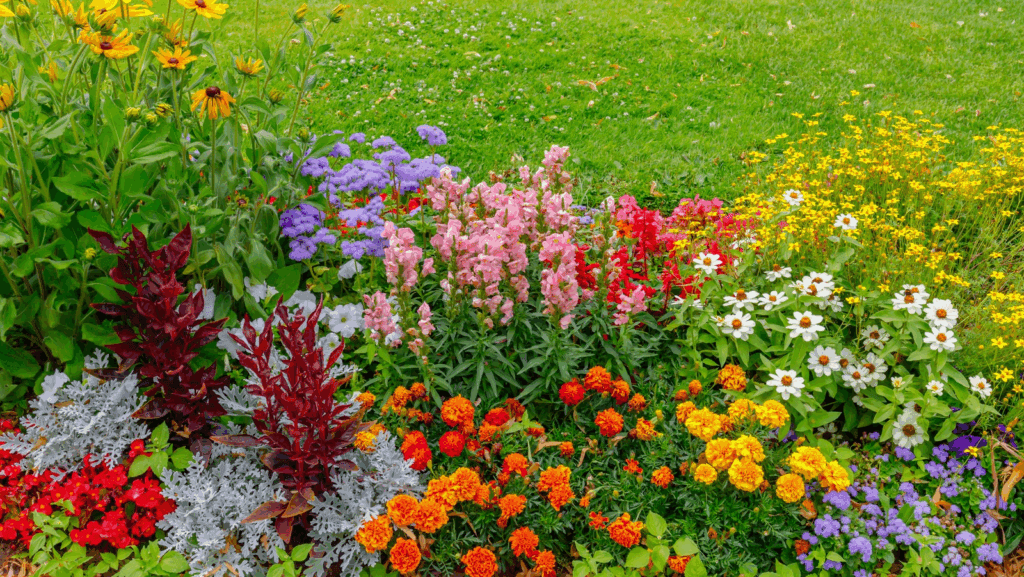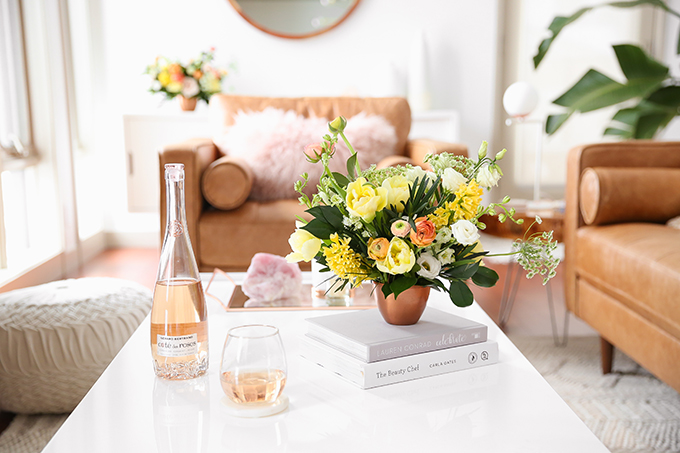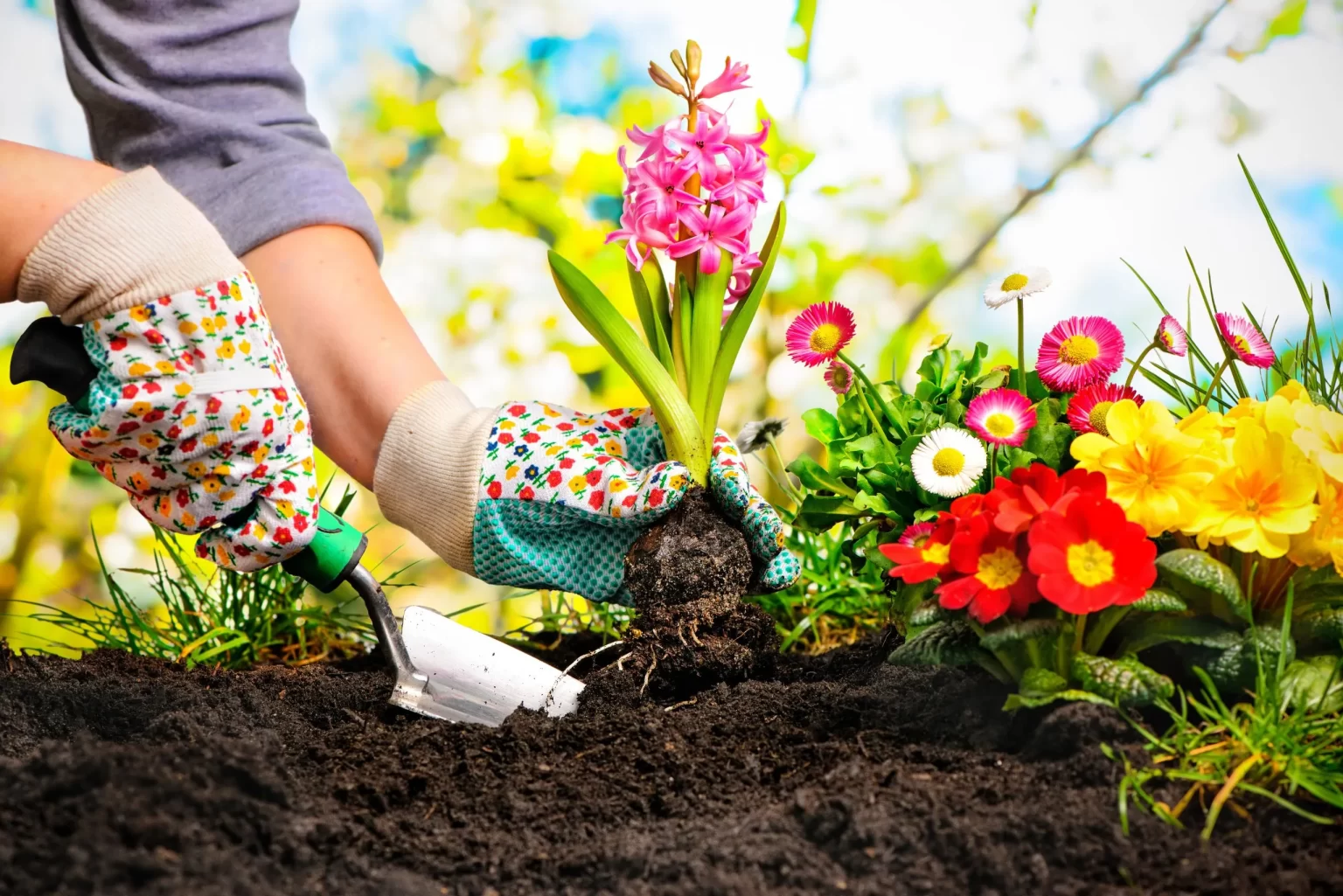There’s something incredibly special about walking into a garden full of blooming flowers. The colors, the fragrances, the quiet hum of bees and butterflies—it all just makes you pause and smile. Whether you’re dreaming of a bright backyard, a cozy balcony corner, or a lively little flowerbed, planting flowers is one of the easiest and most rewarding ways to connect with nature.
But if you’re new to gardening, it can feel a little overwhelming. Where do you even begin? What should you plant? And how do you make sure your flowers actually grow—and keep blooming?
That’s where this guide comes in. We’ll walk you through the basics of flower gardening step by step, so you can plant with confidence and enjoy a colorful garden that feels like your own personal retreat.
Why People Love Growing Flowers

Starting a flower garden isn’t just about making your surroundings look nice (though it absolutely does that!). It’s also about what it gives you in return:
- It makes your space feel alive and beautiful
- It boosts your mood and helps you relax
- It invites butterflies, bees, and birds into your world
- It gives you fresh flowers to enjoy indoors or share with friends
- And it gently reminds you to slow down and notice the little things
No matter how much space or experience you have, flower gardening can be your way to reconnect with the seasons—and with yourself.
When’s the Best Time to Start Planting?
The right time to plant depends on where you live and what kind of flowers you’re growing, but here’s a general idea:
- Spring: Great for planting most annuals and perennials once the risk of frost is over
- Fall: Perfect for planting bulbs and hardy perennials that will bloom next spring
- Summer: A good time to add heat-loving annuals to containers or garden beds
If you’re not sure about your area’s frost dates or climate, a quick search for your local “planting zone” can be a big help.
The Main Types of Flowers You Can Grow
When you’re picking flowers for your garden, it helps to understand the different types. Here’s a simple breakdown:
Annuals
These flowers grow, bloom, and finish their life cycle all in one season. They’re known for their bold colors and long-lasting blooms.
Examples: Petunias, Marigolds, Zinnias, Impatiens
Perennials

These plants come back year after year. They take a little patience, but they’re worth it for the long-term beauty they bring.
Examples: Coneflowers, Daylilies, Hostas, Black-eyed Susans
Bulbs
These are planted in fall or spring (depending on the type) and produce some of the most stunning blooms you’ll see.
Examples: Tulips, Daffodils, Crocuses, Irises
Helpful Tip: Mixing all three types—annuals, perennials, and bulbs—will give your garden a dynamic look and color throughout the seasons.
How to Choose the Right Flowers for Your Space

This is the fun part—imagining what your garden could look like. But before you start planting, here are a few things to think about:
- How much sunlight does your space get?
Some flowers need full sun (6+ hours a day), while others prefer partial shade or even full shade. - What’s your soil like?
Sandy, clay-heavy, loamy, rocky—your soil type will affect what grows best. You can improve soil over time, but start with flowers suited to what you have. - What’s your climate?
Choose flowers that are hardy in your region so they’ll thrive without too much fuss. - What kind of look do you want?
You can go for a soft color palette or a wild explosion of color. Either way, try to mix shapes, sizes, and textures for a full, interesting look. - Plan for height and spread
Place taller plants in the back, medium ones in the middle, and short ones in front so everything gets seen and sunlight.
Remember—there’s no one “right” way to design a flower garden. What matters most is that it makes you happy when you look at it.
Also Read : 5 Breathtaking Holiday Homes in India with Infinity Pools Made for Summer Escapes





